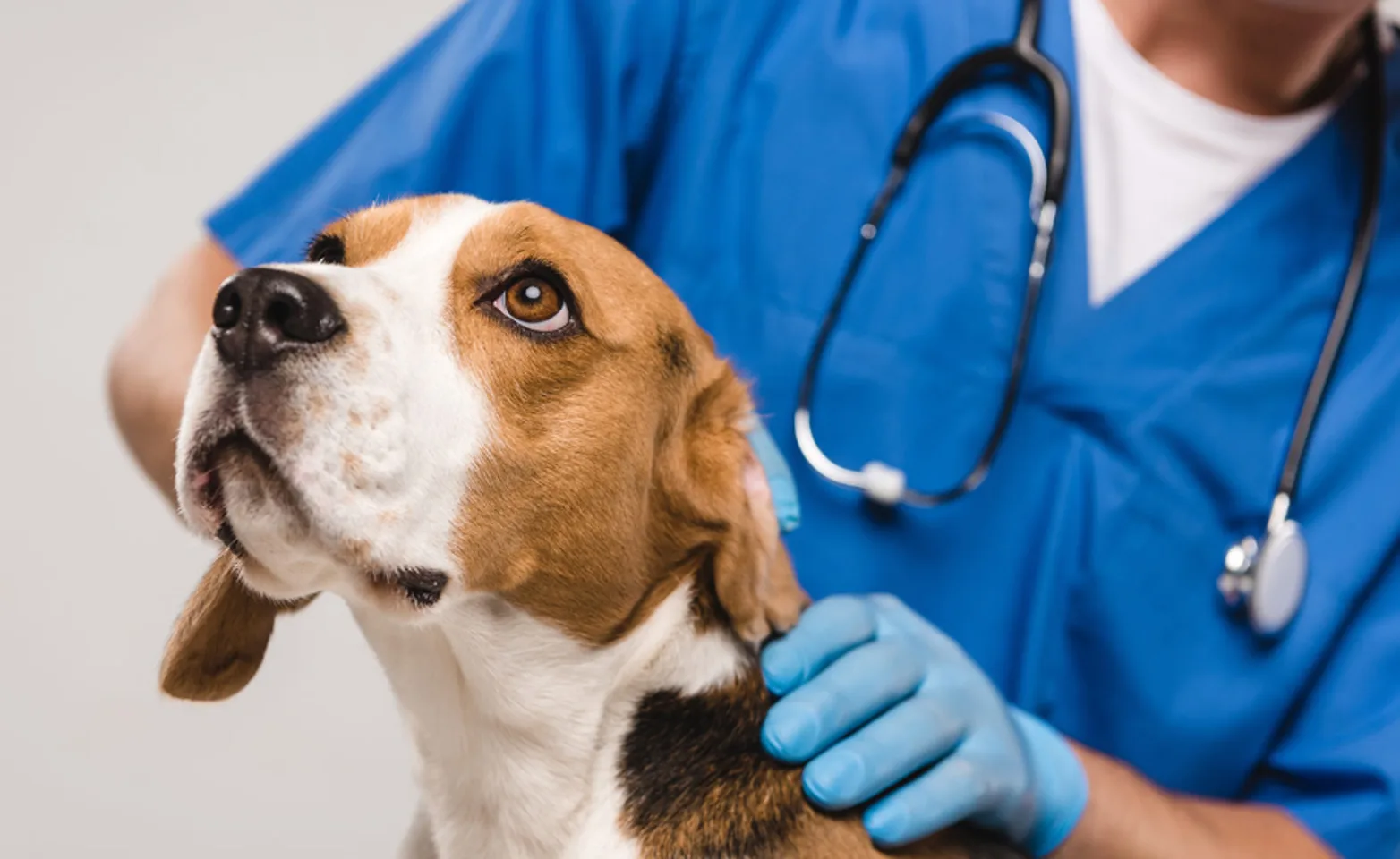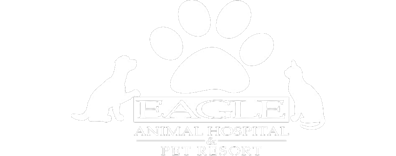Eagle Animal Hospital

Endoscopy Benefits
Provides an enhanced view of the internal area being examined.
Can be used in both exploratory and surgical procedures.
Can be used to identify internal abnormalities.
Reduces the risk of complications caused by the use of smaller incisions.
Encourages faster healing and optimal recovery times.
Reduces scarring.
Less discomfort for your pet following a surgical procedure.
Provides an overall better patient experience for your pet.
Just like their human counterparts, our pets experience different symptoms and health conditions that can only be identified and diagnosed using state-of-the-art technology. When your dog or cat is displaying clinical signs of a health problem, such as vomiting, diarrhea, loss of appetite, weight loss, abdominal pain, or unusual behaviors signaling distress, our veterinarians want to determine the cause of the issue right away. Keep reading to learn more about our endoscopy services in Kansas City area.
What is endoscopy and why does my pet need it?
At Eagle Animal Hospital in Kansas City, our compassionate veterinarians utilize advanced imaging procedures that allow us to gain a more complete picture of what is causing your pet’s symptoms. Endoscopy is one of our most valuable advanced imaging tools because it gives our vets an in-depth view of your pet’s internal organs without having to make large incisions.
WHAT IS AN ENDOSCOPE?
An endoscope is a long, very narrow, flexible scope that contains a light and a tiny video camera and/or viewing port at one end. The endoscope is a less invasive procedure that allows your veterinarian to examine different parts of your pet’s body internally. Once your pet has been given general anesthesia, your veterinarian will carefully pass the scope to the intended area either through the mouth and esophagus, through a small incision, or through the rectum. The endoscope provides real-time feedback to a monitor so they can see and document their findings to help inform their diagnosis and, ultimately, a treatment plan for your pet.
Which areas of the body can be viewed through an endoscopy?
A canine or feline endoscopy procedure is ideal for further examination of the:
Esophagus
Nose and sinuses
Airways and lungs
Stomach
Gastrointestinal system
Bladder
Colon
Liver
Kidneys
Spleen
Intestines
Joints
What health problems can an endoscopy diagnose?
A pet endoscopy is an invaluable tool that can provide accurate diagnoses for a range of illnesses, diseases, and health conditions. Our endoscopy services can detect numerous ailments including the following:
Abscesses and abnormalities
Abnormal swelling
Blockages
Certain types of cancer and tumors
Foreign Objects
Inflammation
Lesions
Scarring
Stomach illnesses
Ulcers
Why does my vet recommend an endoscopy?
There are many signs and symptoms that may prompt your veterinarian to recommend and perform an endoscopy procedure for further investigation of the internal organs, including:
Rapid or gradual weight loss
Vomiting
Diarrhea
Abdominal pain
Digestive issues
Loss of appetite
Distressful behaviors
Lethargy
How can I prepare my pet for an endoscopy?
Preparing your furry best friend for this procedure is of the utmost importance. Fasting for approximately 12 hours is recommended to ensure that the gastrointestinal tract is clear of food and fecal matter. Your vet will give you detailed instructions prior to your pet’s procedure outlining all of the proper preparation guidelines.
Is general anesthetic required for endoscopy procedures?
We want to ensure your pet’s safety and well-being during an endoscopy, which is why we recommend general anesthesia for endoscopic procedures. While this procedure is minimally invasive, we want to prevent any discomfort and keep your pet still to ensure their optimal safety. Please feel free to talk to your vet about any questions or concerns you may have.
